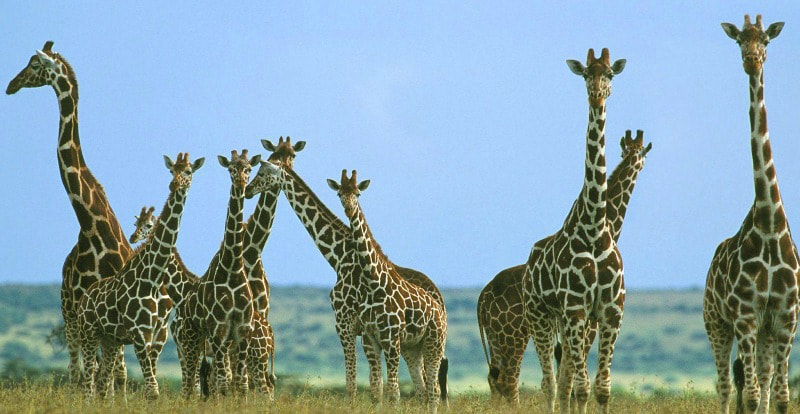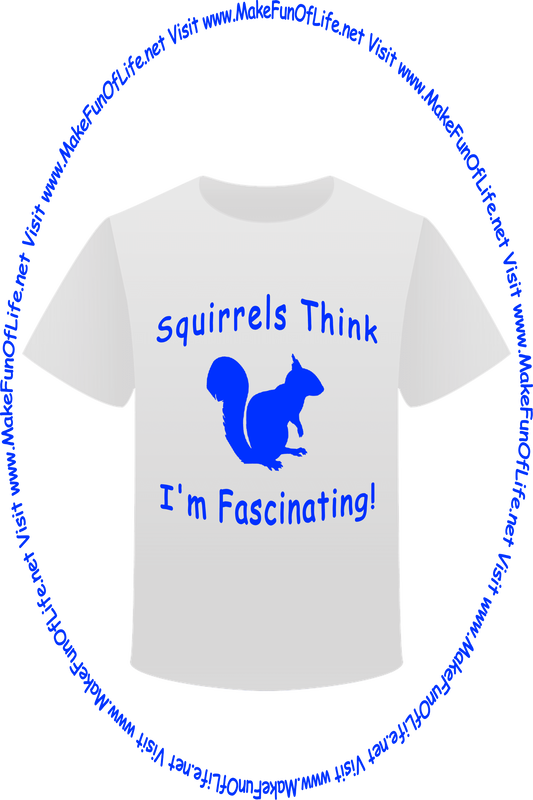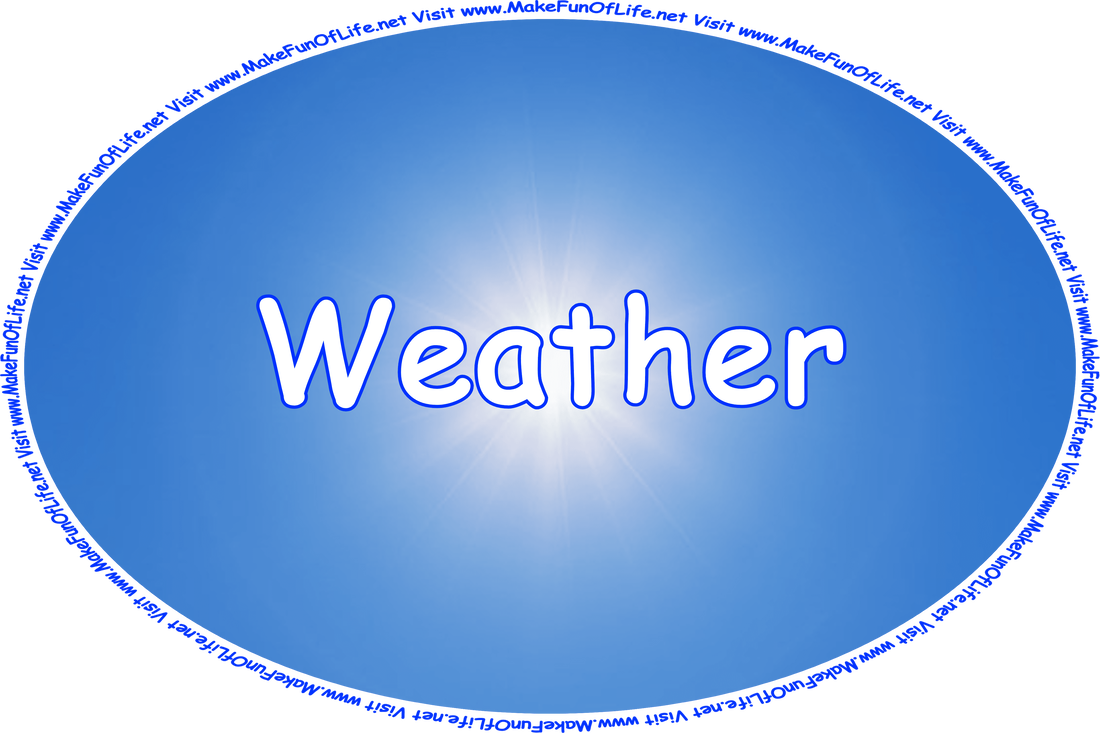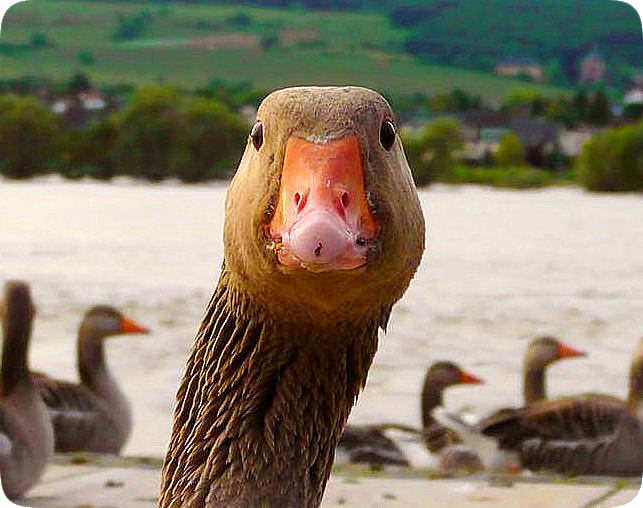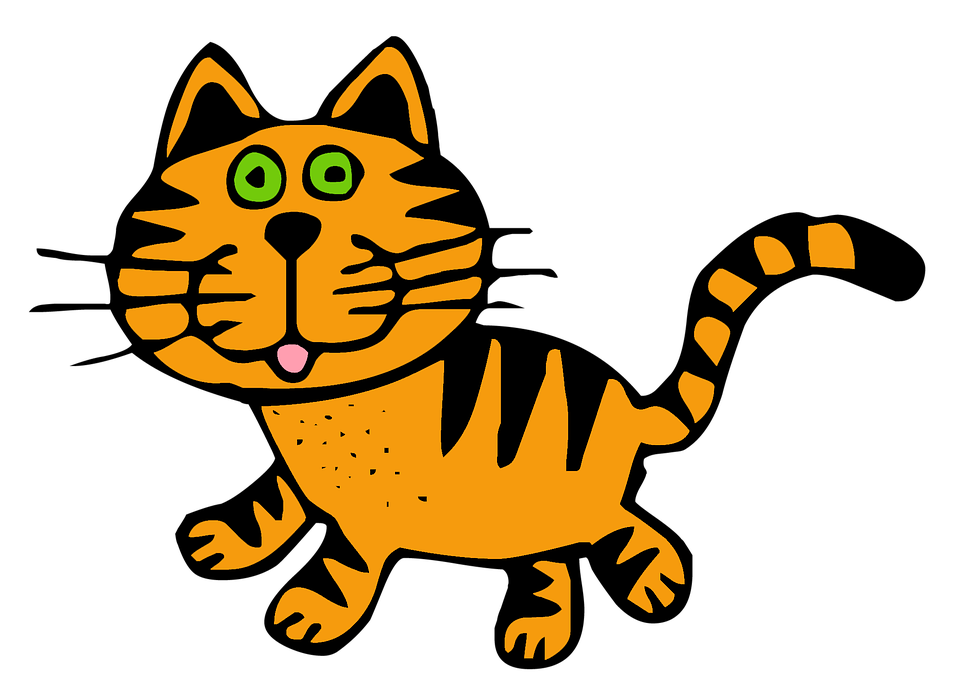That’s What You Call Nature’s Wonders
The following is a conversation between two mountain men wandering around the coastal forests of Oregon, United States of America, in the 1850’s.
The queerest thing he told me was about an animal I had never heard of, that he called a “camelopard.” (He was reminded of it by a piece of driftwood that looked like a piece of driftwood.)
“That’s a beast that lives in Africa,” he said, “and it’s the funniest thing you ever saw.”
“You never been in Africa, Thomas, why do you keep on talking about Africa?”
“If you ain’t interested in learning about things, just say so. I saw this in a book in Saint Louis. You want to hear about it or no?”
“I expect I’m going to.”
“This here beast has got spots like a leopard, and a body like a camel and legs about eight feet long and a neck about ten feet long like a snake, only it’s stiff. They can’t bend it.”
“That ain’t possible, Thomas. Allow a couple feet for the body and that makes him twenty feet tall.”
He nodded firmly. “That’s it. I saw a picture of it. Twenty feet, I guess the big ones are maybe thirty feet or better up there. And that’s ain’t the funniest neither. Them beasts don’t sleep, because they can’t bend their legs to sit down or nothing. Everything’s stiff on ’em. They just wander around all the time. How do you like that?”
“You’re making it all up, Thomas. You do that all the time.”
“And they got horns on them, just little bitty horns. It was a English book,” he added, just to clinch the argument. “They made it in England, with pictures and everything.”
“Well, if they can’t sit down, and their neck’s so stiff, just tell me how they get something to eat. Tell me that, will you, Thomas? What do they eat?”
“Maybe they don’t eat, neither. Maybe that’s the only animal in the world that don’t eat, you ever think of that?”
That was so unreasonable even he could see. “Everything eats,” I told him, sure of my ground. “You eat, I eat, and your weird African beasts eat.”
He thought it over for a long time, and I could see I had him worried.
“I remember,” he said finally. “They eat each other’s heads, I remember now.”
“Thomas, listen, where do you get such stupid ideas?”
“That ain’t stupid, Ben, that’s logic. That’s all there is to eat way up there, is their own heads. That’s what they got them little horns for, to protect themselves from each other. Otherwise, they’d all die from having their heads eat off.”
“Well, I’ll tell you if somebody was trying to eat my head off, I’d want a big pair of horns.”
“Sure, but if they could protect themselves too good, then they’d all starve to death. It works out just right. That’s what you call nature’s wonders.”
by Don Berry: “To Build a Ship” (1963), pages 66 and 67
The following is a conversation between two mountain men wandering around the coastal forests of Oregon, United States of America, in the 1850’s.
The queerest thing he told me was about an animal I had never heard of, that he called a “camelopard.” (He was reminded of it by a piece of driftwood that looked like a piece of driftwood.)
“That’s a beast that lives in Africa,” he said, “and it’s the funniest thing you ever saw.”
“You never been in Africa, Thomas, why do you keep on talking about Africa?”
“If you ain’t interested in learning about things, just say so. I saw this in a book in Saint Louis. You want to hear about it or no?”
“I expect I’m going to.”
“This here beast has got spots like a leopard, and a body like a camel and legs about eight feet long and a neck about ten feet long like a snake, only it’s stiff. They can’t bend it.”
“That ain’t possible, Thomas. Allow a couple feet for the body and that makes him twenty feet tall.”
He nodded firmly. “That’s it. I saw a picture of it. Twenty feet, I guess the big ones are maybe thirty feet or better up there. And that’s ain’t the funniest neither. Them beasts don’t sleep, because they can’t bend their legs to sit down or nothing. Everything’s stiff on ’em. They just wander around all the time. How do you like that?”
“You’re making it all up, Thomas. You do that all the time.”
“And they got horns on them, just little bitty horns. It was a English book,” he added, just to clinch the argument. “They made it in England, with pictures and everything.”
“Well, if they can’t sit down, and their neck’s so stiff, just tell me how they get something to eat. Tell me that, will you, Thomas? What do they eat?”
“Maybe they don’t eat, neither. Maybe that’s the only animal in the world that don’t eat, you ever think of that?”
That was so unreasonable even he could see. “Everything eats,” I told him, sure of my ground. “You eat, I eat, and your weird African beasts eat.”
He thought it over for a long time, and I could see I had him worried.
“I remember,” he said finally. “They eat each other’s heads, I remember now.”
“Thomas, listen, where do you get such stupid ideas?”
“That ain’t stupid, Ben, that’s logic. That’s all there is to eat way up there, is their own heads. That’s what they got them little horns for, to protect themselves from each other. Otherwise, they’d all die from having their heads eat off.”
“Well, I’ll tell you if somebody was trying to eat my head off, I’d want a big pair of horns.”
“Sure, but if they could protect themselves too good, then they’d all starve to death. It works out just right. That’s what you call nature’s wonders.”
by Don Berry: “To Build a Ship” (1963), pages 66 and 67
